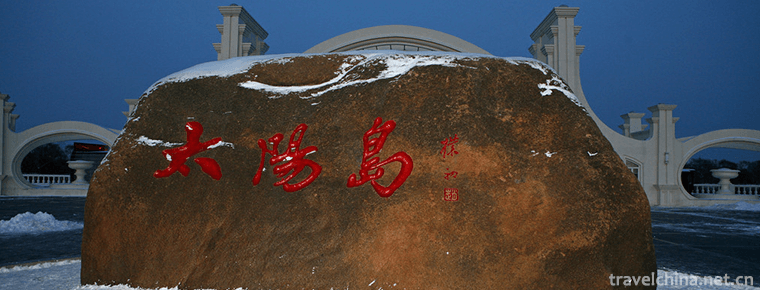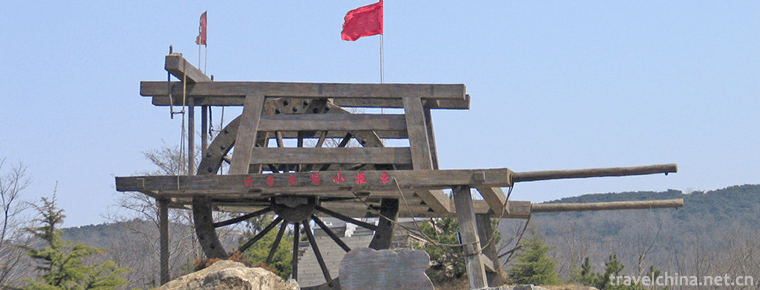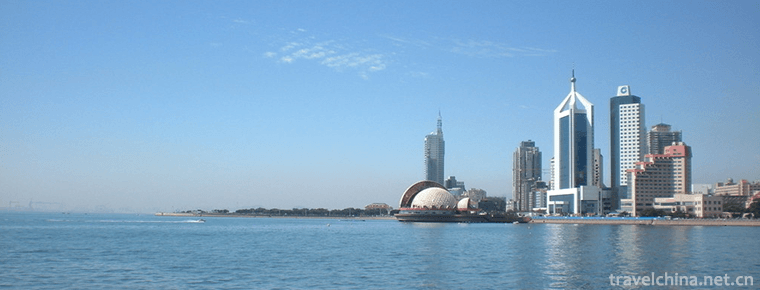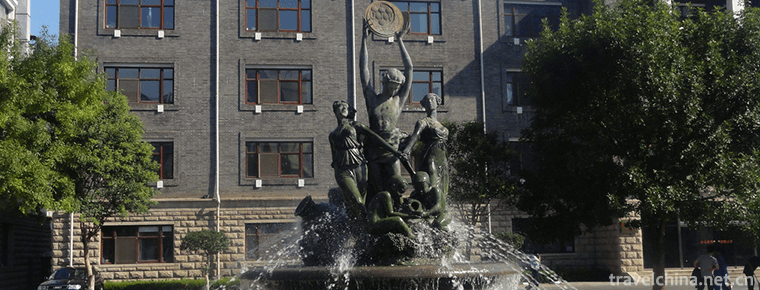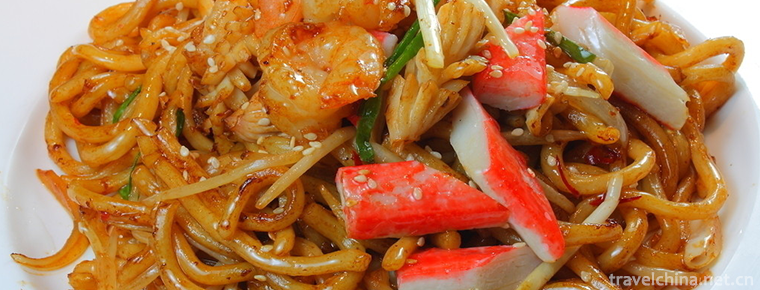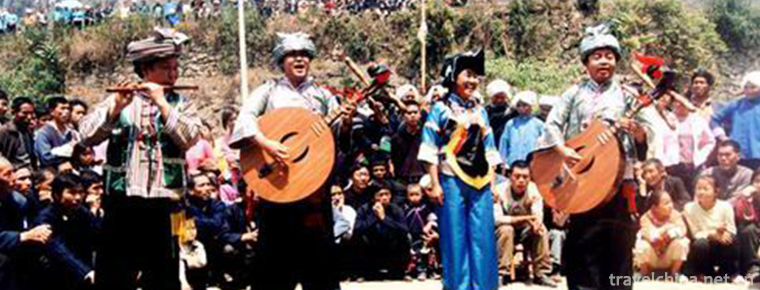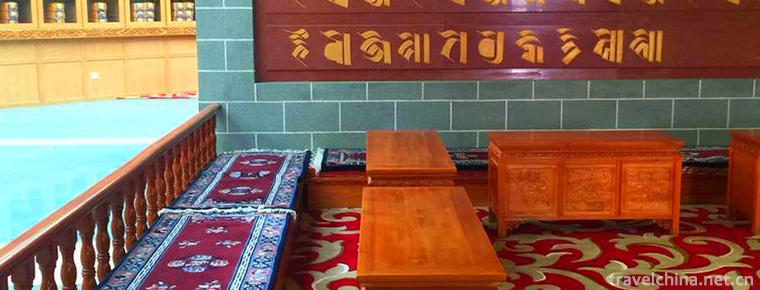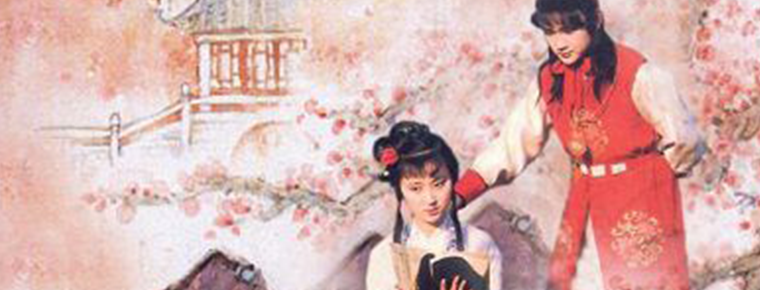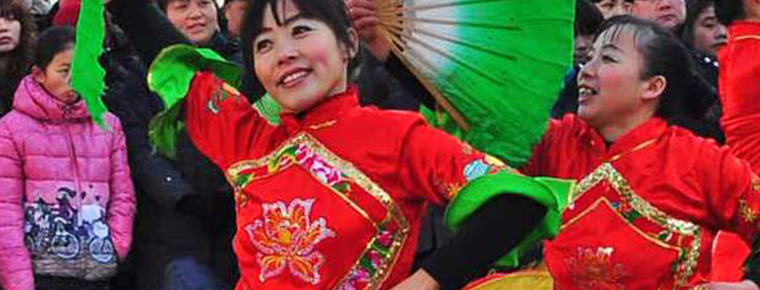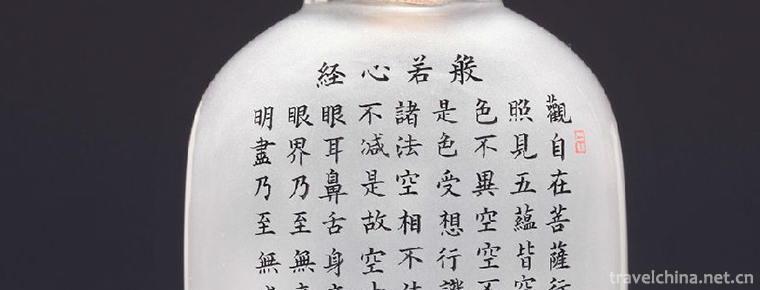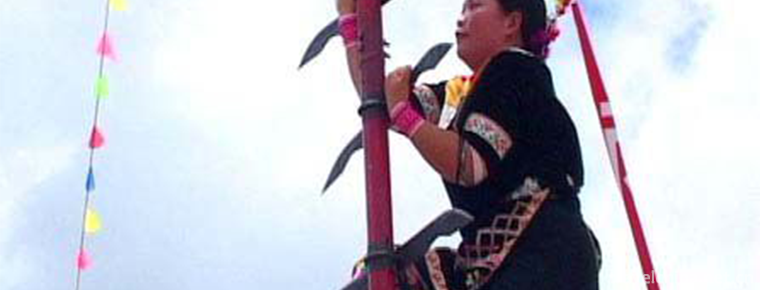Craftsmanship of Fireworks and Firecrackers
Craftsmanship of Fireworks and Firecrackers
Declaration area or unit: Wanzai County, Jiangxi Province
China is the first country to invent gunpowder in the world. Fireworks and firecrackers made of gunpowder also have a long history and enjoy a high reputation in the world. The record of firecrackers originated in Jingchu Sui Shi Ji written by Zongmu of Liang Dynasty in the Northern and Southern Dynasties. The book describes the custom of firing firecrackers in front of the courtyard to avoid evil spirits when chickens crow. At that time, the so-called firecracker actually burned the bamboo tube, causing the air inside the tube to heat and burst and sound. After the Sui and Tang Dynasties, gunpowder was loaded into bamboo tubes instead. In the Song Dynasty, abandoned bamboo tubes were fired with paper wrapped gunpowder instead. Hangzhou, the capital city of the Southern Song Dynasty, has appeared in clusters of small firecrackers, commonly known as "firecrackers". According to the "Old Stories of Wulin", this kind of firecracker rings to the end after it is ignited, "more than a hundred in a row." During the Ming and Qing dynasties, firecrackers developed many patterns, such as double-sounding thunder, three-level wave, two kicks and ten-loud flying. Modern firecrackers have been further developed and perfected in type and technology, forming a complete production system, including single, double, continuous, firecrackers, firecrackers, and other varieties, as well as drums, cutting drums, pasting, mud filling, priming powder, eye sealing and other technology.
Fireworks, also known as "fireworks" and "fireworks", began in the Sui and Tang Dynasties, flourished in the Song Dynasty, and became popular in the Ming and Qing Dynasties. Tang Dynasty has appeared "gunpowder and fireworks" which can present various patterns such as melons and fruits, animals, ghosts and so on. In the Southern Song Dynasty, shelf fireworks were very popular. According to Wan Du Zaji, there were many kinds of fireworks in Beijing in Ming Dynasty. Paper letters were called "flower pots", "clay letters" were called "sand pots". Bamboo basket letters were called "flower boxes". They could show various patterns such as ribbon birds, grape shelves, pearl curtains and long-light lamps. "Jisheng at the age of Emperor Beijing" in the Qing Dynasty said that the fireworks of Jingshi at that time "were packed with stories of numbers in a brocade box, and the characters such as Sheng, Ling feathers and flowers and plants made up their beautiful faces." The color of pyrotechnics is mainly made of gunpowder and different chemical drugs, such as yellow with sodium salt, purple with potassium salt, red with strontium salt, green with barium salt and blue with copper salt.
China's fireworks are mainly produced in Liuyang, Hunan, Wanzai and Pingxiang in Jiangxi, Dongguan in Guangdong, Pucheng and Yangxian in Shaanxi, etc. The shelf fireworks were well-known in the Song Dynasty, but they were seldom used at present. It is urgent to protect and inherit them in order to promote their continued development.
Wanzai County, Jiangxi Province, is a traditional fireworks producing area in China. Since the middle of the 18th century, the local production of fireworks has begun. During the Daoguang Period of the Qing Dynasty, thousands of fireworks and firecrackers had "passed north and south". During the Guangxu period, local "men and women of all sizes took this opportunity to work".
At the end of the Qing Dynasty and the beginning of the Republic of China, there were more and more fireworks practitioners in Wanzai, reaching tens of thousands of people, and there were nearly 1000 fireworks villages. The famous fireworks villages engaged in fireworks management all over the country included Ganzhuang in Ganzhou, Zhejiang and Guangzhuang in Guangzhou. In the 1980s, there were 150,000 employees in the fireworks and firecrackers industry in Wanzai. The products were sold to more than 20 provinces, municipalities, autonomous regions and more than 20 countries and regions such as the United States and Japan.
There are many kinds of fireworks in Wanzai, including all-red salute, large and small cannon, cock gun, thunder gun and so on. In terms of sound, there are 19 kinds of sound, such as six and one hundred; in terms of length and thickness of paper, there are three, four and nine cutting specifications; in terms of knot form, there are flat and vertical (commonly known as "meander"). The raw materials used in the production of Wanzai fireworks and firecrackers are all made locally. The earth paper is core paper. The paper is tender and soft, with toughness, and the quality of powder is excellent. The whole production process from raw material processing to finished product manufacturing consists of more than seventy processes, all of which are operated by hand with high technical content and complex process. Wanzai fireworks products have no impurities and fragrance, high sound rate, clear and pleasant sound, is a favorite for people's Festival celebrations, weddings and funerals, and worship Buddha ancestors.
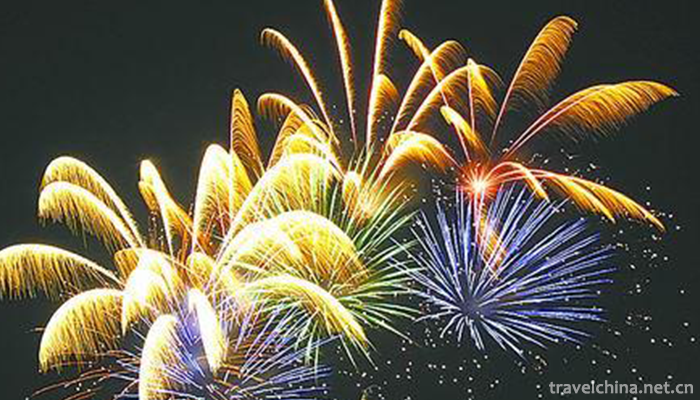
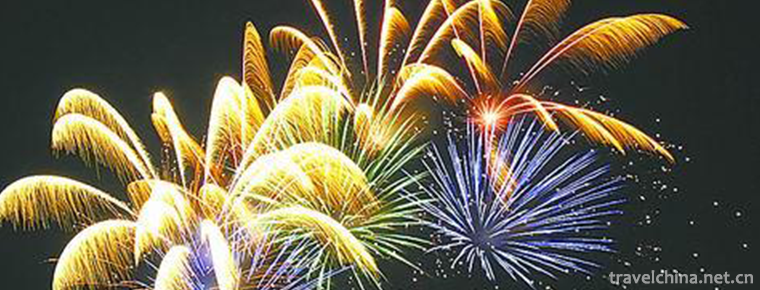
Craftsmanship of Fireworks and Firecrackers
-
Harbin Sun Island Scenic Area
Sun Island Scenic Area is located on the North Bank of Songhua River in Harbin City, Heilongjiang Province, with a total area of 88 square kilometers, of which the planned area is 38 square kilometers
Views: 137 Time 2018-12-05 -
Meng Lianggu Tourist Area
Meng Lianggu Tourist Area is located at the junction of Mengyin County and Yinan County, Linyi City, Shandong Province. It belongs to the Mengshan Mountains System. It is said that Meng Liangzeng, a g
Views: 312 Time 2019-02-07 -
Qingdao Seaside Scenic Spot
Qingdao Seaside Scenic Spot is the first batch of state-level scenic spots announced by the State Council in 1982, and also the first batch of national AAAA-level scenic spots.
Views: 267 Time 2019-02-07 -
Zhangyu Wine Culture Museum
Zhangyu Liquor Culture Museum is one of the few professional museums in the world wine industry. It is located at the original site of Zhangyu Company, Da Ma Lu, Zhifu District, Yantai City, Shandong
Views: 183 Time 2019-03-17 -
Fried Wudong with XO sauce
Ingredients: 2 packs of instant Wudong, 4 or 2 pieces of pork shreds (about 160g), 1/2 cups of onion shredded, celery shredded and carrot shredded, 1 egg, 4 tablespoons of XO sauce, 1 tablespoon of ra
Views: 184 Time 2019-03-23 -
Buyi Folk Songs
Bouyei folk songs have special features, such as ancient songs, narrative songs, love songs, wine songs and labor songs; solo, duet, chorus and duet in form; tunes are divided into major and minor. Ev
Views: 157 Time 2019-04-04 -
Tibetan Medicine
Tibetan medicine is a bright pearl in the treasure house of Chinese medicine. The Tibetan people living in the snow-covered plateau for generations have accumulated
Views: 151 Time 2019-04-05 -
Legend of Cao Xueqin
The legend of Cao Xueqin refers to the story that the common people in the place where Cao Xueqin lived in his later years respected him and processed his deeds into a story.
Views: 139 Time 2019-04-15 -
Jingxing spent
Jinglonglahua, a traditional dance in Jinglongxian County, Hebei Province, is one of the national intangible cultural heritage.
Views: 368 Time 2019-05-08 -
a bottle with painted designs
Internal painting is a unique traditional craft in China. It originated from snuff bottle painting. The interior painting method is a special deformed fine brush, in glass/crystal, amber and other mat
Views: 150 Time 2019-06-07 -
The Lisu Knife and Rod Festival
The Lisu Knife and Rod Festival, which is called "A Tang De" in Lisu language, means "Climbing Dao Festival". It is a traditional festival of Lisu and Yi people living in Lushui Co
Views: 187 Time 2019-06-17 -
Huainan Normal University
The school was founded in 1958 when it was a teacher's College in Huainan. In 2000, approved by the Ministry of education, the former Huainan normal school, Huainan Education Institute and Huainan nor
Views: 290 Time 2019-11-16
